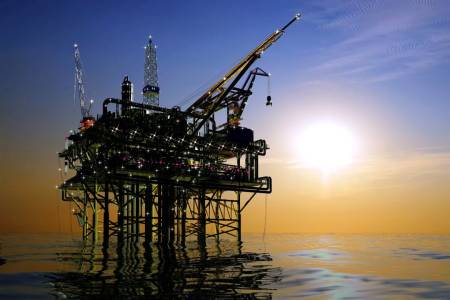Description
Oil Drilling Industry: A Deep Dive into Exploration and Extraction
The oil drilling industry is a complex and vital global sector responsible for the exploration, extraction, and production of crude oil and natural gas. This demanding industry requires specialized equipment, skilled personnel, and significant financial investment, operating across diverse geographical locations and challenging environments. This description delves into the key aspects of this multifaceted industry.
Key Aspects of the Oil Drilling Industry:
1. Exploration & Appraisal:
- Geological Surveys: This initial phase utilizes seismic surveys, geological mapping, and other advanced technologies to identify potential hydrocarbon reserves beneath the earth's surface (onshore and offshore).
- Exploration Drilling: Following promising surveys, exploratory wells are drilled to confirm the presence and assess the size of the reservoir. This involves specialized drilling rigs and advanced technologies to penetrate various geological formations.
- Appraisal Drilling: Once a discovery is made, appraisal drilling is conducted to determine the extent and characteristics of the reservoir, including the volume of recoverable hydrocarbons, pressure, temperature, and fluid properties. This data is critical for planning efficient and safe production.
2. Drilling & Completion:
- Drilling Rigs: A variety of drilling rigs are employed, ranging from land-based rigs to sophisticated offshore platforms (jack-up rigs, semi-submersibles, and drillships) capable of operating in deepwater environments.
- Drilling Techniques: Different drilling techniques are used depending on the geological formation, including rotary drilling, directional drilling (for reaching remote reserves), and horizontal drilling (to maximize hydrocarbon recovery).
- Well Completion: Once drilling is complete, the well is prepared for production. This involves installing casing and cementing to protect the wellbore, perforating the reservoir to allow hydrocarbon flow, and installing downhole equipment to control pressure and optimize production.
3. Production & Transportation:
- Production Operations: After completion, wells are brought into production, and crude oil and natural gas are extracted. This requires continuous monitoring and maintenance to ensure efficient and safe operations. Techniques like enhanced oil recovery (EOR) are used to maximize extraction from mature fields.
- Pipelines & Transportation: Extracted hydrocarbons are transported through pipelines, tankers, and other means to refineries and processing facilities. This involves a complex network of infrastructure and logistical management.
4. Technology & Innovation:
The oil drilling industry is constantly evolving, driven by technological advancements to improve efficiency, safety, and environmental performance. Key areas include:
- Digitalization & Automation: Remote monitoring, data analytics, and automation technologies are being increasingly implemented to optimize operations, reduce costs, and enhance safety.
- Advanced Drilling Techniques: Horizontal drilling, hydraulic fracturing (fracking), and other advanced techniques have significantly expanded the accessible reserves and increased production rates.
- Environmental Technologies: The industry is actively investing in technologies to reduce its environmental footprint, including reducing methane emissions, minimizing waste, and developing cleaner energy sources.
5. Key Players & Market Dynamics:
The oil drilling industry comprises a diverse range of players, including:
- National Oil Companies (NOCs): State-owned enterprises that play a dominant role in many oil-producing countries.
- International Oil Companies (IOCs): Large multinational corporations involved in exploration, production, and refining.
- Independent Oil and Gas Companies: Smaller companies focusing on specific regions or exploration activities.
- Service Companies: Companies providing drilling rigs, equipment, and services to the oil and gas industry.
In Conclusion:
The oil drilling industry is a dynamic and capital-intensive sector crucial to the global energy supply. It's characterized by technological innovation, complex operations, and significant environmental considerations. Understanding its intricacies is key to comprehending the global energy landscape and the challenges and opportunities facing this vital industry.
